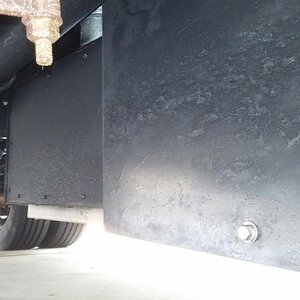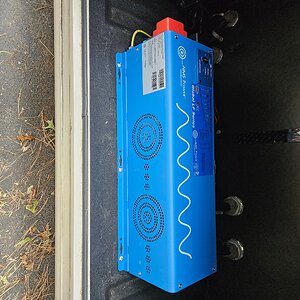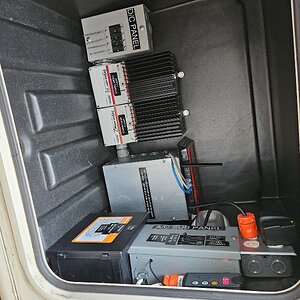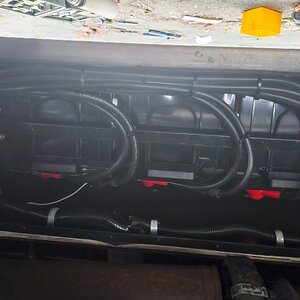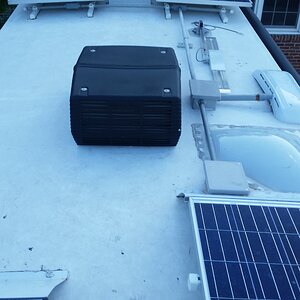widdershins
RVF VIP
- Joined
- Dec 2, 2022
- Messages
- 160
- Location
- Reno, NV
- RV Year
- 2020
- RV Make
- Four Winds 23U, ex El Monte rental
I'd call that well prepared! I feel like a serous slacker, although my coach is much shorter than yours and no bays with a ton of electric....I've added two 10# units, a 20#, a handheld AFFF, an large automatic AFFF unit mounted above the engine and a couple of automatic halon units in closed bays where electricals live. Not paranoid or anything, not me.






